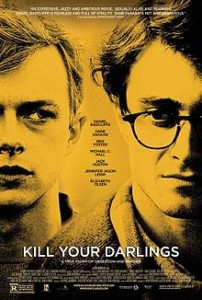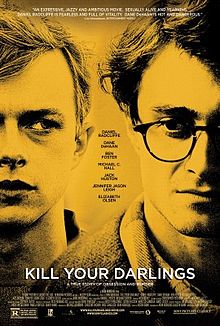Dr. Kreizler, meanwhile, obtains further details about the soldier who had been treated at St. Elizabeth’s for unstable and violent behaviour before being discharged from the Army, an officer known as John Beecham. Seeing that Beecham had listed his birth place as New Paltz, New York, Kreizler and John decide to follow the lead by visiting the home of Adam Dury, the elder brother of Japheth, to learn more about his parents’ murder and his brother’s kidnapping.
During their visit to his farm in Massachusetts, Adam Dury reveals that he and his brother had been raised in an unhappy home. His father, a zealous minister, had dreamed of raising a large family to send to the west for missionary work. While Mrs. Dury had been proud of her husband’s ministry work and performed her housekeeping duties as a wife without complaint, she disliked sexual intercourse and only endured her husband’s physical advances reluctantly, preventing her husband from raising the large family he had dreamed of. When her husband lost his post, the couple drifted further apart and rarely spoke or touched. Finally, under the influence of alcohol, the frustrated Victor Dury raped his wife. The terrible incident resulted in an unwanted pregnancy that led to the birth of the couple’s youngest son, Japheth.
As a living reminder of her husband’s violent actions that night, Japheth became an object of loathing for his mother. She blamed him for every unpleasant moment of motherhood, even when he was only in his infancy and had no control over his bodily functions, and took delight in telling him that he was really the son of “dirty, man-eating savages who’d left him in a bundle at [their] door” (A 348). Adam Dury went on to explain that as a result of these experiences Japeth grew up to be an odd boy with a disturbing interest in torturing small animals he trapped during the mountaineering and hunting trips the two brothers enjoyed taking together. He also developed a facial tick that was only absent while trapping. Adding to Japheth’s traumatic youth, he was also violently raped by a farmhand named George Beecham who his older brother had mistakenly entrusted to care for him while on one of their hunting trips when he was only eleven years old.
Upon hearing this story, it becomes clear to Dr. Kreizler and John Moore that Japheth Dury was likely the murderer of his own parents, and that he and John Beecham were really the same person, with Japheth having taken the surname of his abuser after fleeing his parents’ murder scene. Once back in New York, the team discover that following Japheth’s brief career as a soldier, he had moved to the city where he lived with a landlady in Greenwich Village while working for the Census Bureau, a job that would allow him to come in contact with children and research his victims. After being dismissed from the Bureau for “paying excessive and disturbing attention to a child” (A 419), he took a job as a debt collector and moved to his final residence in a dilapidated tenement flat on the Lower East Side, the location where the team obtain definitive proof that he is the killer they are chasing along with evidence of where he intends to commit his final murder.


